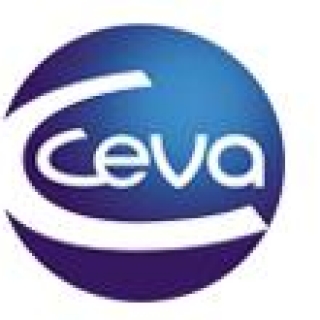Conclusions for sub-report C on “Animal health and welfare in fattening pigs in relation to housing and husbandry” include:
i) genetic traits of fearfulness and aggression have been identified and could be incorporated in practical breeding programmes to improve welfare,

ii) all new data reinforce the importance of providing suitable enrichment materials to allow expression of species relevant behaviours and reduce risk of injurious biting,
iii) destructibility, hygiene and novelty are key elements of suitable enrichment,
iv) provision of cooling facilities for pigs are important in any situation of increased ambient temperature or endogenous heat production,
v) Ammonia levels of >20ppm have adverse effects on pig physiology and behaviour,
vi) There is a high prevalence of locomotory disorders on many farms which should be addressed through genetic and environmental improvement.
Recommendations for sub-report C include:
i) since pigs have limited abilities to loose heat (they cannot sweat), pigs should be allowed to seek cooling when overheated, not only in case of elevated ambient temperatures, but also in cases of elevated activity, fever and high metabolism,
ii) ammonia levels in pig housing should not exceed 20ppm,
iii) noise levels in pig housing should be <80dB,
iv) although the ability of pigs to discriminate between small visual cues at light intensities from 12 to 80 lux does not appear to change, a light intensity of >80 lux during activity periods reduces aggression compared to 40 lux. A minimum light period of 14h/day should be provided where artificial light is used,
v) further research is needed to specify in more detail the effects of reduced space allowances on negative social behaviours, as well as the interaction between space allowance and enrichment, so as to identify the extent to which these factors can act as substitutes for each other.
Conclusions for sub-report D on “The welfare of weaners and rearing pigs: effects of different space allowances and floor” include:
i) the allometric approach appears valid for pigs over a wide weight range,
ii) behavioural measures suggest a higher optimum k value (0.037-0.039) than production measures (0.032-0.035),
iii) the amount of space needed by an individual appears independent of group size,
iv) walking safety and comfort is impaired by soiled floors,
v) the effects of floor type on health are equivocal, with further evidence that solid floors are better for respiratory disease but detrimental to enteric and endoparasitic infections. The original recommendations of sub-report C are supported by the new data, but also include that a well maintained substrate such as straw should be used to reduce leg problems and gastric lesions.
Conclusions for sub-report D on “The risks associated with tail biting in pigs and possible means to reduce the need for tail docking considering the different housing and husbandry systems” include:
i) tail and ear lesions are indicative of reduced welfare (now and/or in the past). They can be detected fairly easily, even at the slaughterhouse. Healed lesions should be included in the observations,
ii) while lack of enrichment is a main reason for such lesions, also a range of other factors may be involved e.g. reduced health, thermal inadequacies, problems with feed and water, etc.). All of these are associated with reduced welfare,
iii) use of group selection as a breeding strategy has the potential to reduce genetic predisposition to tail bite,
iv) reliable behavioural signs of an impending tail biting outbreak have been identified and can be used to take precautionary measures,
v) tail and ear biting behaviour may be treated with enhanced enrichment (e.g. ample long straw provided fresh twice daily) throughout the pig’s life. However, other risk factors (stocking density, ventilation, feed, ...) should be investigated or audited too,
vi) research to date indicates that while toys may show some reduction in tail biting, especially when they have destructible components, natural substrates such as straw or compost seem to be necessary to reduce biting problems to acceptable levels in problem pens.
Recommendations for sub-report D include:
i) the wealth of information on how to reduce the risk of tail biting (such as providing suitable enrichment, ensuring a good thermal environment and appropriate feeding) without docking pig tails, should be used to underpin the importance of preventative measures,
ii) monitoring at slaughter should include also tail length (in addition to tail lesions) as well as ear shape (missing parts of the ears) and biting wounds on flanks and legs,
iii) an intact curly tail may well be the single most important animal-based welfare indicator for weaned, growing and finishing pigs (at herd level). In addition, it stands for high-quality management and respect for the integrity of the pig.
EFSA




